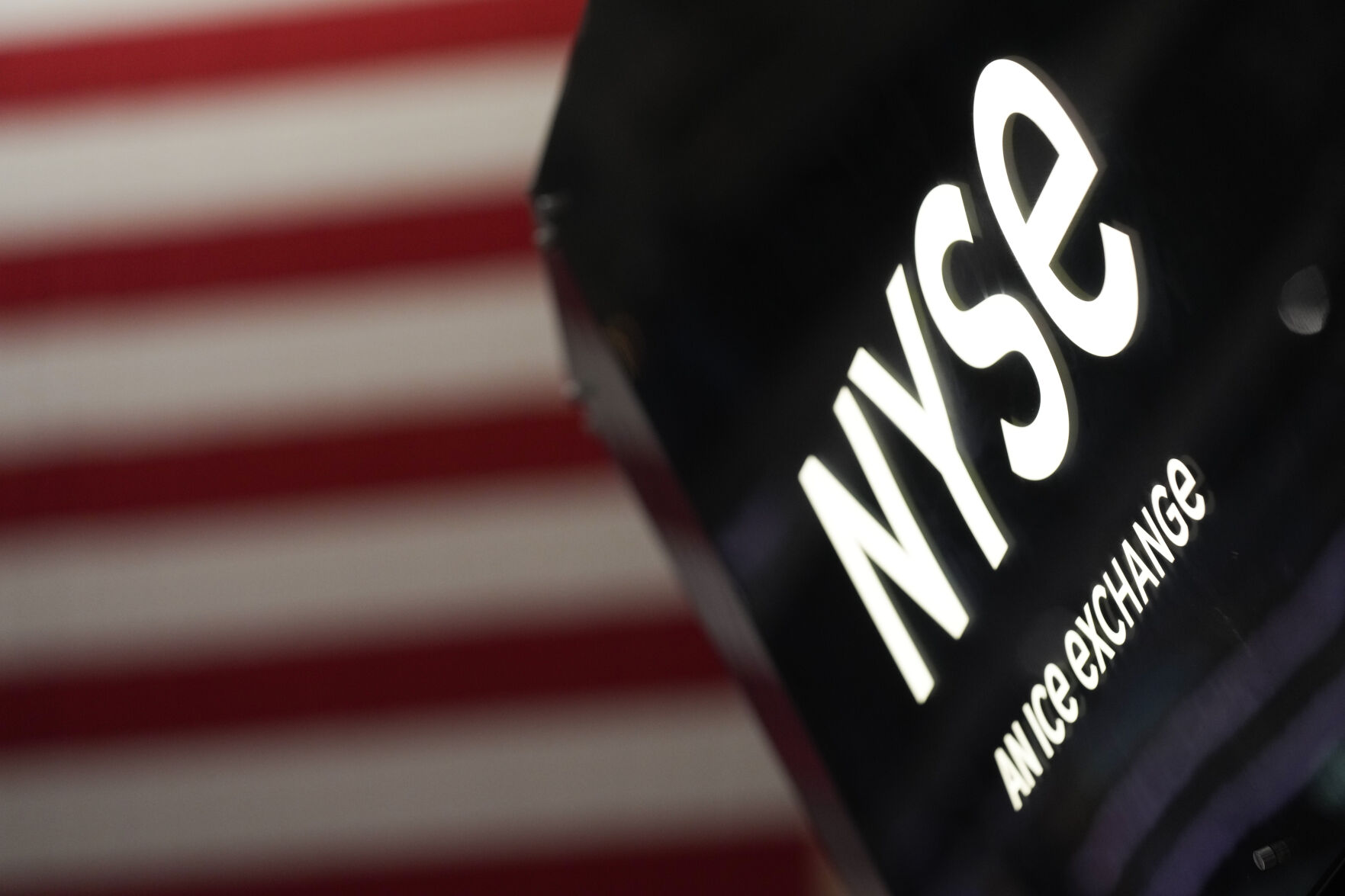NEW YORK — Stocks are ticking higher today, and Wall Street is relaxing a bit after a report showed inflation is cooling faster than expected.
The S&P 500 was 0.5% higher in morning trading. The Dow Jones Industrial Average was up 174 points, or 0.5%, at 33,858, as of 9:30 a.m. Central time, while the Nasdaq composite was 0.4% higher.
The main focus on Wall Street for more than a year has been high inflation and how much painful medicine the Federal Reserve will have to dole out to contain it. A report this morning showed that prices at the consumer level were 5% higher last month than a year earlier.
That’s still well above the Federal Reserve’s comfort level, keeping a check on financial markets. But it was better than the 5.2% that economists expected, and it marked a continued slowdown from inflation’s peak last summer.
That had the majority of stocks on Wall Street rising, including seven out of every 10 in the S&P 500 index. Microsoft, Apple and UnitedHealth were doing some of the heaviest lifting, and each gained at least 0.7%.
Traders are still largely betting the Fed will raise short-term interest rates by another quarter of a percentage point at its next meeting, according to data from CME Group. But they shaded some bets toward the possibility that the Fed will merely hold rates steady in May, something it has not done for more than a year.
“The Fed has every reason to take a pause and only a handful of reasons not to,” said Brian Jacobsen, senior investment strategist at Allspring Global Investments.
Higher rates can undercut inflation, but only by bluntly slowing the entire economy. That raises the risk of a recession later on, while hurting prices for stocks, bonds and other investments in the meantime. The Fed has already raised rates at a furious pace over the last year, enough that it’s hurt pockets of the economy and created strains within the banking system.
That has many investors and economists expecting at least a shallow, short recession to hit the economy later this year. If banks pull back on lending as a result of all the troubles in their industry, it could tighten the vise even further on the economy.
The bond market has been showing more nervousness about a potential recession, and traders have built bets that the Fed will have to cut interest rates later this year in order to prop up the economy.
Yields fell further today following the inflation report. The 10-year Treasury yield fell to 3.41% from 3.43% late Tuesday. It helps set rates for mortgages and other important loans.
The two-year Treasury yield, which moves more on expectations for the Fed, slipped to 4.00% from 4.03%.
The stock market, meanwhile, has been showing less fear than the bond market. It’s still up for the year so far, in part on hopes the Fed can pull off the tough balancing act of slowing the economy just enough to suffocate inflation but not so much as to cause a severe recession that undercuts corporate profits.
Companies later this week will begin telling investors just how much profit they made during the first three months of the year. Expectations are low, with analysts forecasting the worst drop in S&P 500 earnings per share since the pandemic was crushing the economy in 2020. But many analysts also expect this to mark the bottom, with forecasts calling for a return to growth later this year.
American Airlines Group lost 8.5% after it gave a forecast for its first-quarter profit that fell short of some analysts’ expectations. It said it expected to report stronger results than it had earlier forecast, but that still wasn’t high enough to meet many analysts’ estimates for earnings per share.
It had the largest loss within the S&P 500 and helped drag down other airline stocks. United Airlines Holdings slid 6.5%, Southwest Airlines lost 3.9% and Delta Air Lines shed 3.4%.
Also keeping a check on Wall Street today was the fact that inflation remains high, even if it is slowing. And underneath the surface, inflation also remains sticky after ignoring food and energy costs. That’s something called “core inflation” and can offer a better picture of where trends are heading.
That has some investors girding for the “higher for longer” interest rates that the Fed has long been warning about.
“The Fed’s mandate of 2% inflation is a distant dream and interest rates have to remain somewhat restrictive till we see meaningful improvement in the trajectory of core inflation,” said Gargi Chaudhuri, head of iShares Investment Strategy, Americas.


